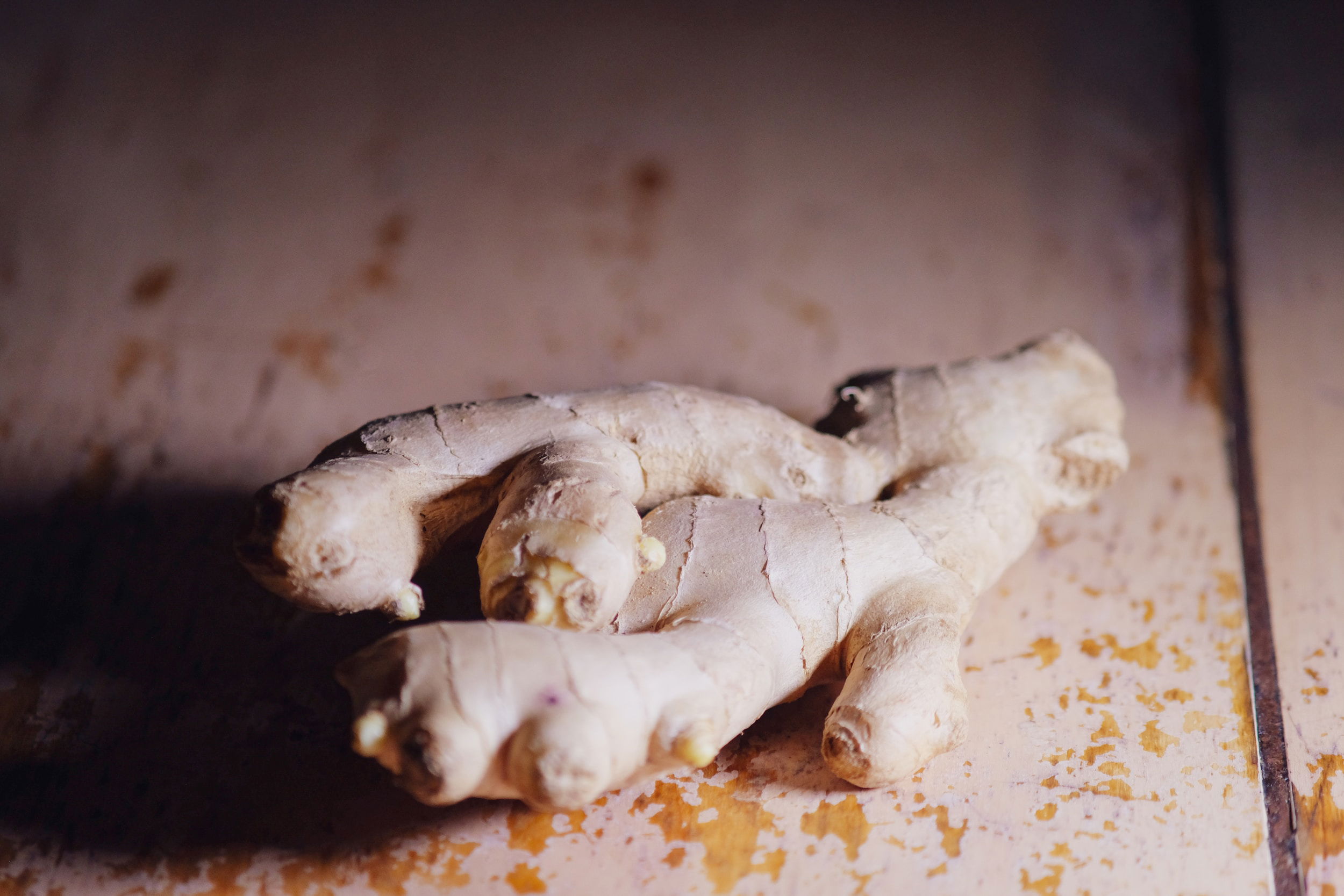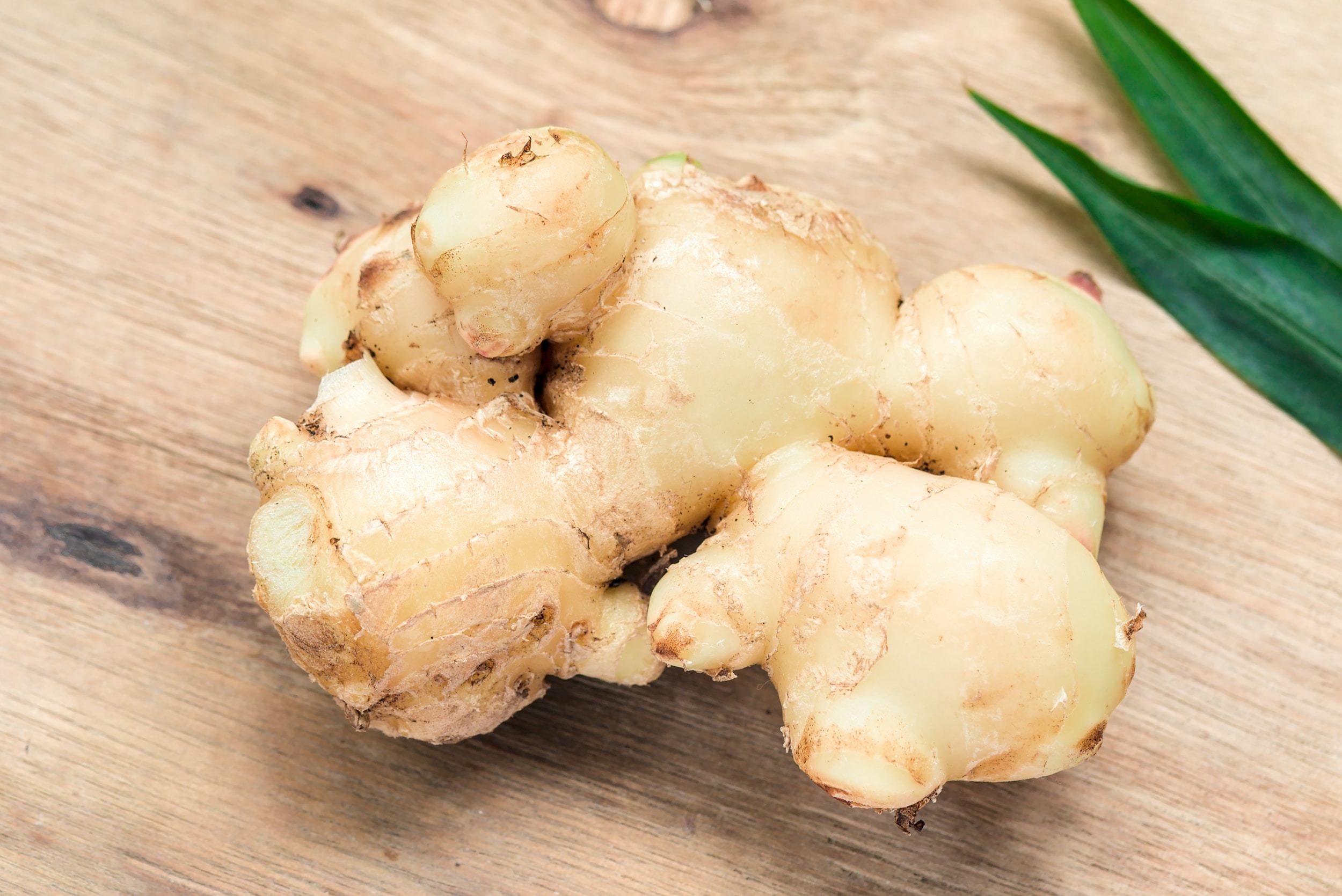The World Fresh Ginger Trade: Past, Present, and Future
1. Introduction
Fresh ginger is one of the most popular spices in the world. It is used in cuisines all over the globe, from Asian to Western dishes. The demand for fresh ginger is high, and the market is growing. In this blog, we will take a look at the world fresh ginger trade. We will explore the history of the trade, the present market, and the future of the industry. We will also discuss the main players in the market and the challenges that the trade faces. So, sit back and enjoy this blog on the world fresh ginger trade!

2. Global Production of Fresh Ginger
Global production of fresh ginger has grown substantially over the past two decades. The Asia-Pacific region is the largest exporter of fresh ginger, and the majority of the world’s ginger is produced in China, India, and Thailand.
In China, fresh ginger production is mainly concentrated in the provinces of Jiangsu, Shandong, Guangdong, and Hebei. According to the China Products Database (CPF), the total planted area of ginger in China in 2019 was 236,000 hectares, and output was 2,118,200 tonnes.
In India, ginger production mainly takes place in the states of Kerala, Karnataka, and West Bengal. Production levels in these states increased from 339,900 tonnes in 2017 to 341,000 tonnes in 2019.
Thailand is the world’s third-largest producer of fresh ginger. The total planted area of ginger in Thailand in 2019 was 5,500 hectares, and output was 81,500 tonnes.
In the Caribbean, Jamaica is the largest producer of ginger, with output of 17,000 tonnes in 2019. Other major producers in the region include Cuba, Dominican Republic, and Haiti.
In recent years, production of fresh ginger in Africa has been increasing. Nigeria is the largest producer in the region, followed by Zimbabwe, Ghana, and Kenya. In the Americas, Peru is the largest producer of fresh ginger. In 2019, Peru produced 18,000 tonnes

3. The History of the Fresh Ginger Trade
The global trade and production of fresh ginger has a long history. This is due to its culinary and medicinal uses in various cultures around the world.
Fresh ginger first appeared in the Spice Trade during the 8th century when it was imported from the Far East. Indian traders then began trading it with Arab traders who spread it to the Mediterranean and European countries.
By the 16th century, the Europeans had begun importing fresh ginger from Asia along with other spices such as pepper, cinnamon, and turmeric. The influx of fresh ginger in Europe created a demand for the spice in most countries, including the Netherlands, England, France, and Portugal.
By the 19th century, the trade of fresh ginger had become industrialized, with countries in the Far East and Latin America participating. It was also used for medicinal purposes in Europe and the United States for its calming and pain-relieving effects.
Today, fresh ginger is widely traded and consumed all over the world. It is an important crop in many countries in Asia, the Caribbean, and Africa. The global production and trade of fresh ginger is expected to continue to grow with the increasing demand for healthier, plant-based diets.

4. The Present Day Fresh Ginger Trade
The world fresh ginger trade is a multi-billion dollar business. India is the world's largest producer and exporter of fresh ginger, with a production of more than 1.8 million tons (MT) each year.
In the United States, Hawaii is the major producer of fresh ginger, accounting for 5-10% of the total US production. California and Florida also produce small amounts of fresh ginger.
In 2017, the United States was the world’s largest importer of fresh ginger, importing nearly 238,000 MT. Most of the fresh ginger imported into the US is from China, but India and Mexico are also important sources.
There is also a significant amount of fresh ginger being exported from the US to other countries around the world. In 2017, the US exported over 17,000 MT of fresh ginger, mostly to Canada and Mexico.
The world ginger market is expected to have a steady growth, driven by the increasing demand for healthier, plant-based diets. Ginger is also becoming more popular in natural remedies and aromatic applications, as well as in cosmetics and pharmaceuticals. With the rising demand for fresh ginger, the future of the global ginger trade looks bright.

5. The Future of the Fresh Ginger Trade
As the demand for fresh ginger and ginger-based products continues to increase, the future of the global ginger trade looks very promising.
The rise of online grocery stores has made it easier for consumers to access fresh ginger, as well as other fresh produce, from all over the world. This is helping to drive consumer demand for fresh ginger across different markets.
The popularity of natural remedies and lifestyle changes has also caused a surge in demand for fresh ginger. People are increasingly turning to ginger for its medicinal properties and its ability to aid in digestion, making it a popular ingredient in health and wellness products.
The growing demand for fresh ginger has caused an increase in its price. As ginger becomes more expensive and difficult to source, local producers will start producing and exporting more of the crop. This will lead to more investment in the industry, as well as technological advances in the production and processing of ginger.
As the demand for fresh ginger continues to grow, the global ginger trade is sure to become an even bigger business in the coming years. With more investment in the industry, we can expect to see a greater variety of fresh ginger products, technological advances, improved growing methods, and better access to ginger for consumers around the world.

6. Conclusion
As the world ginger trade has been growing steadily for the past several years, it will only continue to become more popular in the years to come. More people are turning to natural remedies and lifestyle changes, as well as utilizing ginger’s medicinal properties. This will only increase the demand for fresh ginger, causing prices of the commodity to increase as well. As prices rise, local producers will be incentivized to ramp up production and processing, leading to technological advancements in the industry. This will ultimately result in more variety of fresh ginger products and greater access to ginger for customers worldwide. All of this demonstrates that the future of the global ginger trade is very promising and will continue on an upward trend.